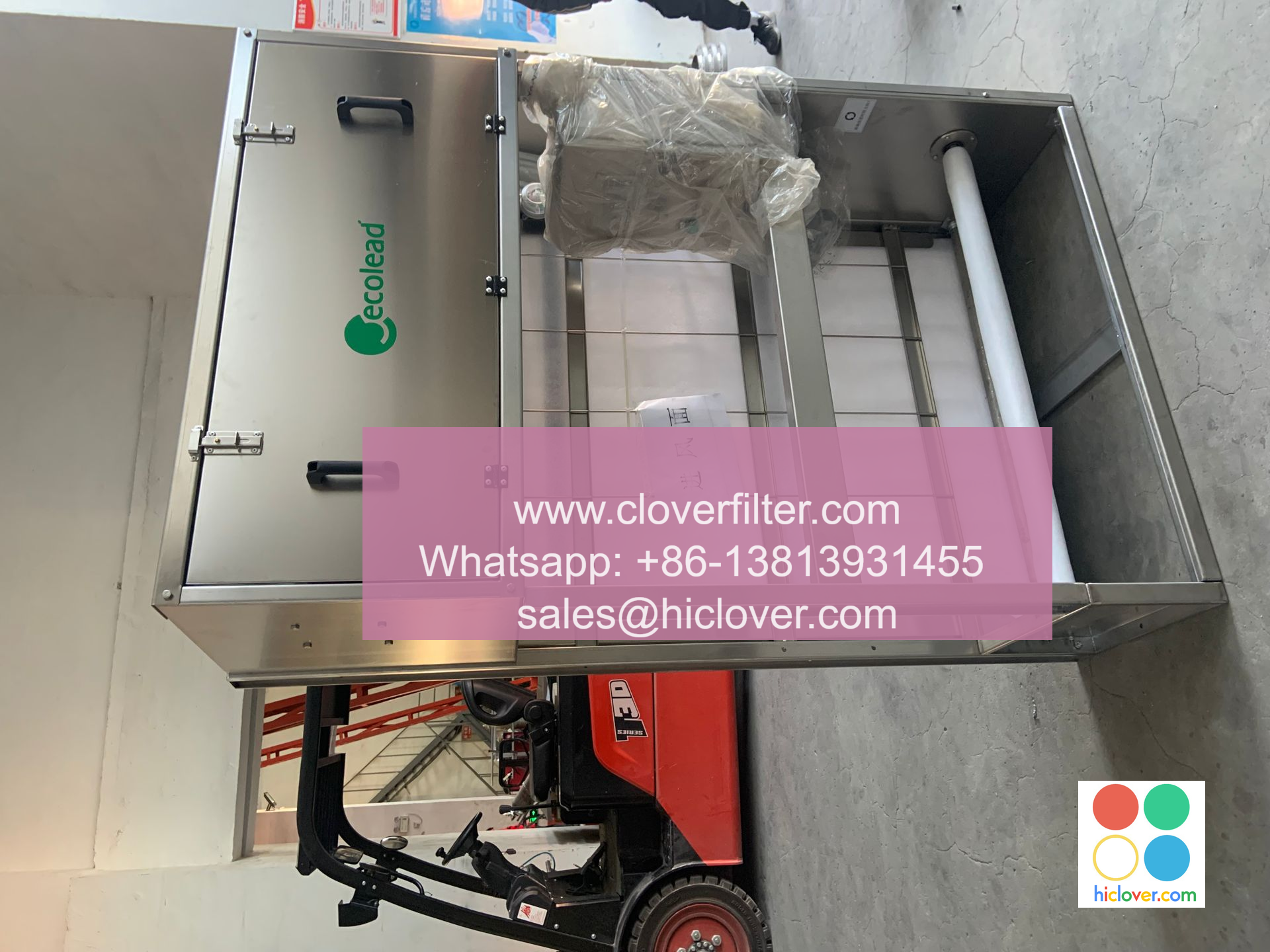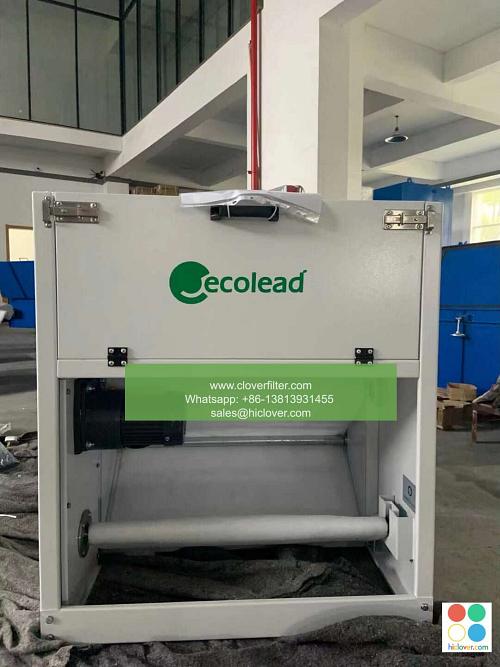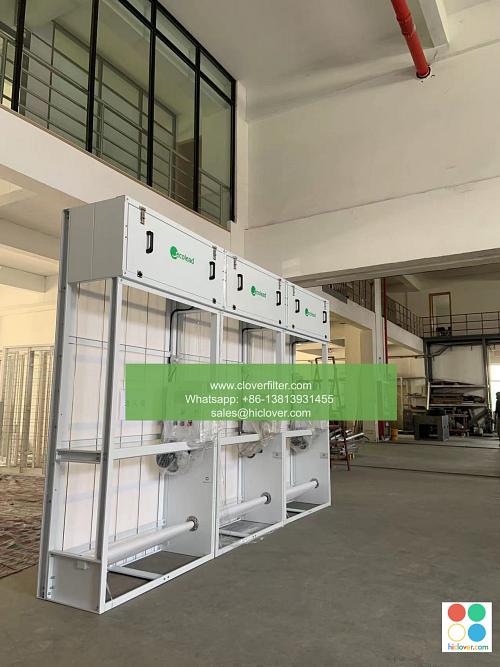Optimizing Pharmaceutical Production with Automatic Roll Air Filters and Other Cleanroom Technologies

The pharmaceutical industry is one of the most heavily regulated and scrutinized industries in the world. With the need to produce high-quality, contamination-free products, pharmaceutical manufacturers must adhere to strict guidelines and regulations to ensure the safety and efficacy of their products. One critical aspect of pharmaceutical production is the use of cleanroom technologies, which play a vital role in maintaining a sterile environment and preventing contamination. In this article, we will explore the importance of optimizing pharmaceutical production with automatic roll air filters and other cleanroom technologies.
Cleanrooms are controlled environments that are designed to minimize the presence of airborne particles and contaminants. In pharmaceutical production, cleanrooms are used to manufacture products such as tablets, capsules, and injectables. The air quality in a cleanroom is critical, as even the slightest contamination can render a product unusable. Automatic roll air filters are an essential component of cleanroom technology, as they provide a continuous supply of filtered air to the cleanroom, removing airborne particles and contaminants.
Automatic roll air filters work by using a rolling mechanism to feed a continuous filter media into the air stream. The filter media is designed to capture airborne particles and contaminants, preventing them from entering the cleanroom. The use of automatic roll air filters provides several benefits, including improved air quality, reduced maintenance, and increased efficiency. By providing a continuous supply of filtered air, automatic roll air filters help to maintain a stable and controlled environment, which is critical for pharmaceutical production.
In addition to automatic roll air filters, other cleanroom technologies are also used to optimize pharmaceutical production. These include HEPA (High Efficiency Particulate Air) filters, which are designed to capture 99.97% of airborne particles as small as 0.3 microns. Other technologies, such as laminar airflow systems and cleanroom lighting, also play a critical role in maintaining a sterile environment. Laminar airflow systems, for example, provide a smooth and consistent flow of air, which helps to prevent turbulence and contamination. Cleanroom lighting, on the other hand, is designed to minimize the presence of particles and contaminants, while also providing adequate illumination for production activities.
The use of cleanroom technologies, including automatic roll air filters, is not only essential for maintaining a sterile environment but also for ensuring compliance with regulatory requirements. Regulatory agencies, such as the FDA and EU GMP, require pharmaceutical manufacturers to adhere to strict guidelines and regulations regarding cleanroom design, construction, and operation. By using cleanroom technologies, pharmaceutical manufacturers can demonstrate their commitment to quality and compliance, while also ensuring the safety and efficacy of their products.
In conclusion, optimizing pharmaceutical production with automatic roll air filters and other cleanroom technologies is critical for maintaining a sterile environment and preventing contamination. The use of these technologies provides several benefits, including improved air quality, reduced maintenance, and increased efficiency. By investing in cleanroom technologies, pharmaceutical manufacturers can ensure compliance with regulatory requirements, while also ensuring the safety and efficacy of their products.
FAQs
Q: What is the purpose of automatic roll air filters in pharmaceutical production?
A: The purpose of automatic roll air filters is to provide a continuous supply of filtered air to the cleanroom, removing airborne particles and contaminants.
Q: What is the difference between HEPA filters and automatic roll air filters?
A: HEPA filters are designed to capture 99.97% of airborne particles as small as 0.3 microns, while automatic roll air filters provide a continuous supply of filtered air to the cleanroom.
Q: What are the regulatory requirements for cleanroom design, construction, and operation in pharmaceutical production?
A: Regulatory agencies, such as the FDA and EU GMP, require pharmaceutical manufacturers to adhere to strict guidelines and regulations regarding cleanroom design, construction, and operation.
Q: How do cleanroom technologies, such as laminar airflow systems and cleanroom lighting, contribute to maintaining a sterile environment?
A: Laminar airflow systems provide a smooth and consistent flow of air, which helps to prevent turbulence and contamination, while cleanroom lighting is designed to minimize the presence of particles and contaminants, while also providing adequate illumination for production activities.


